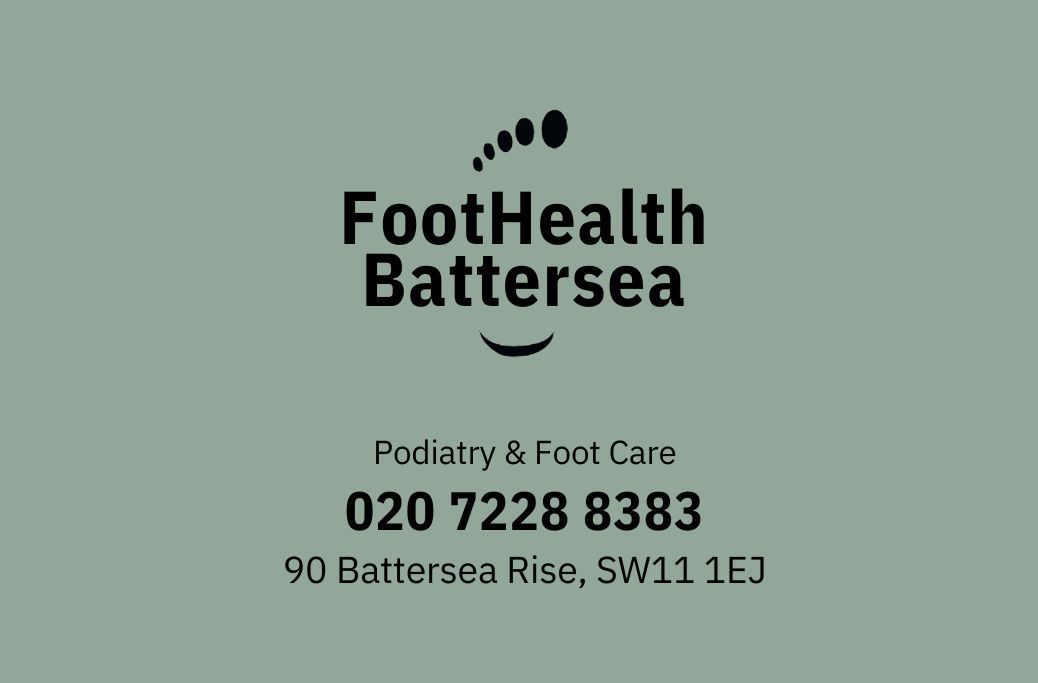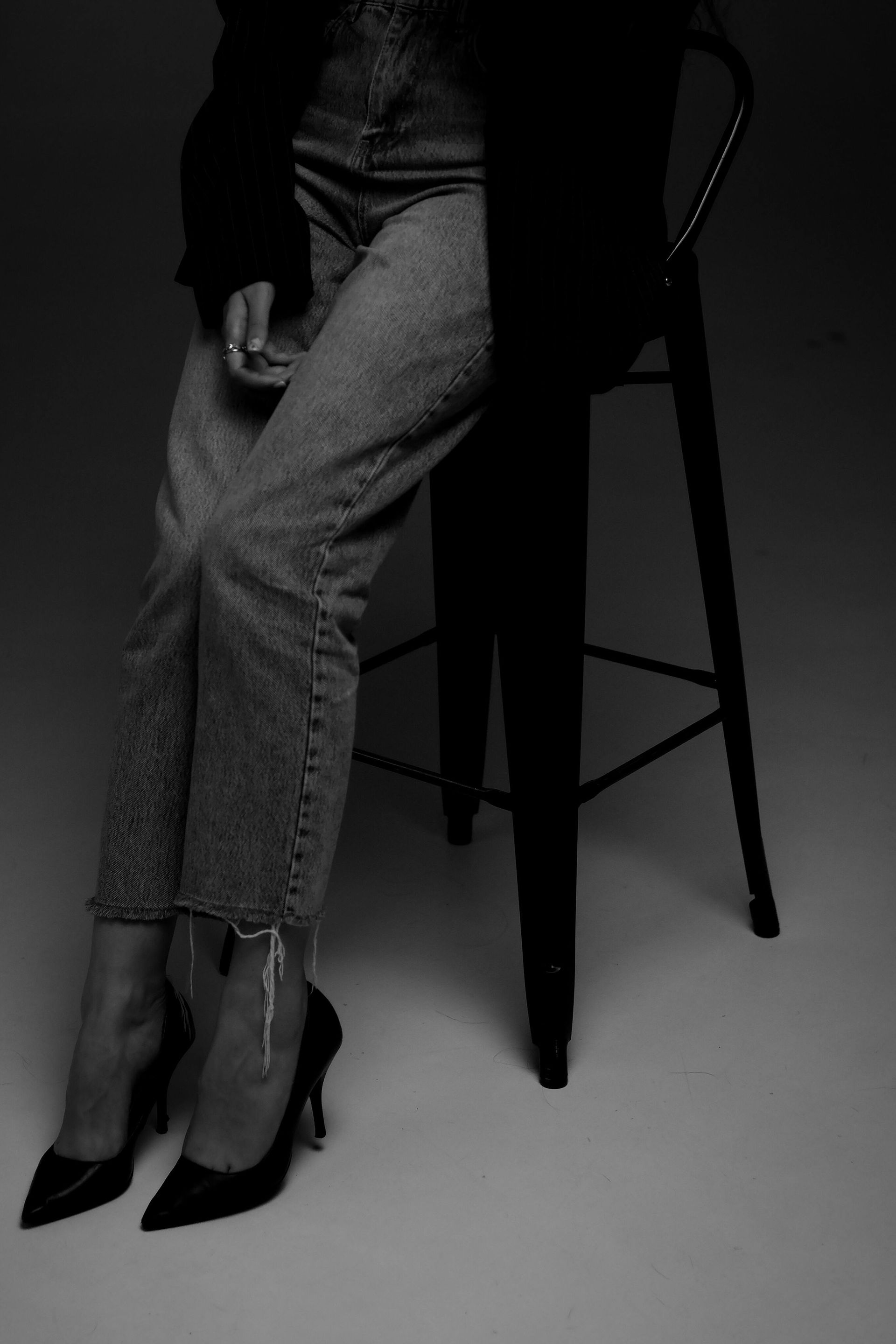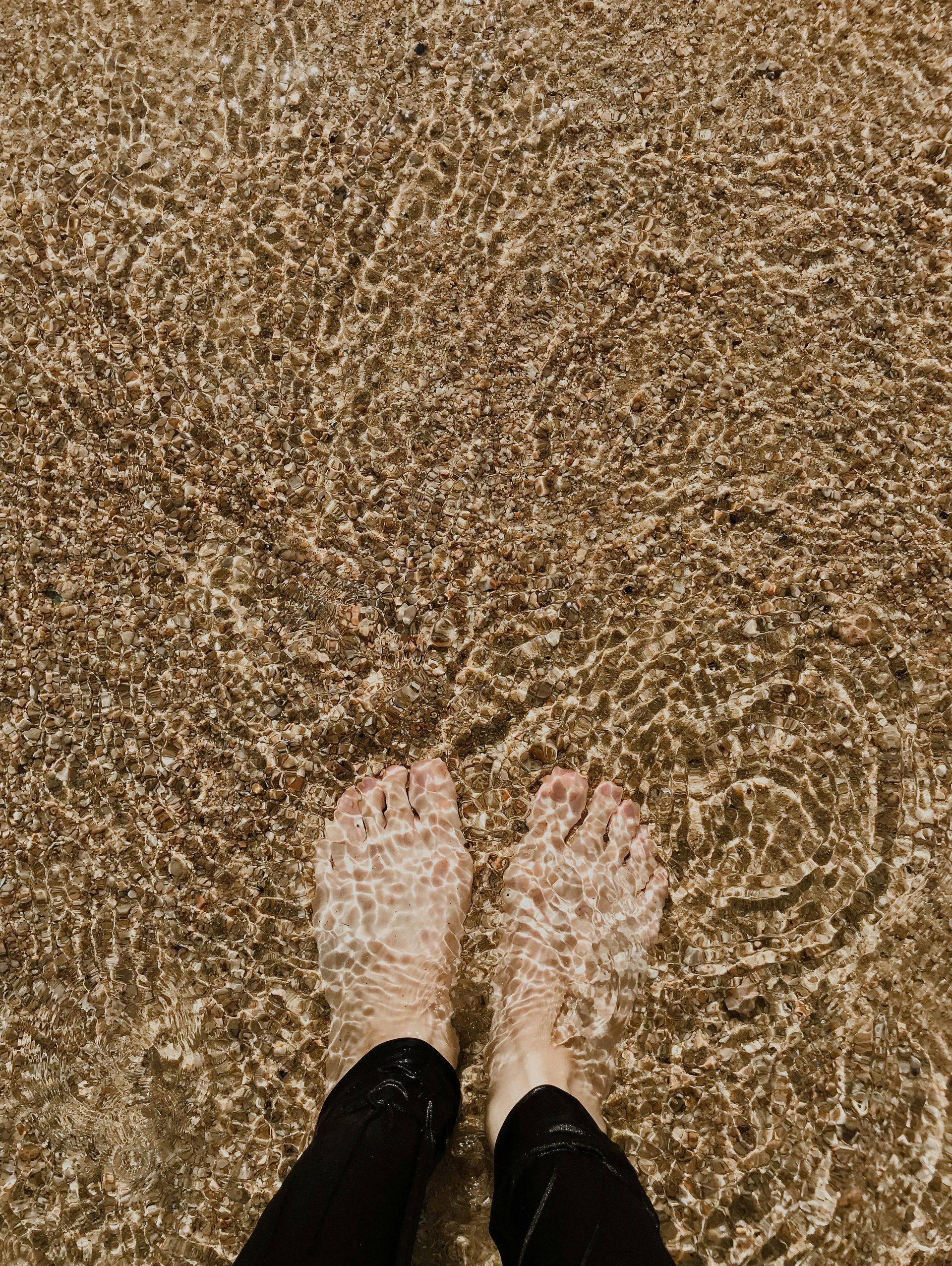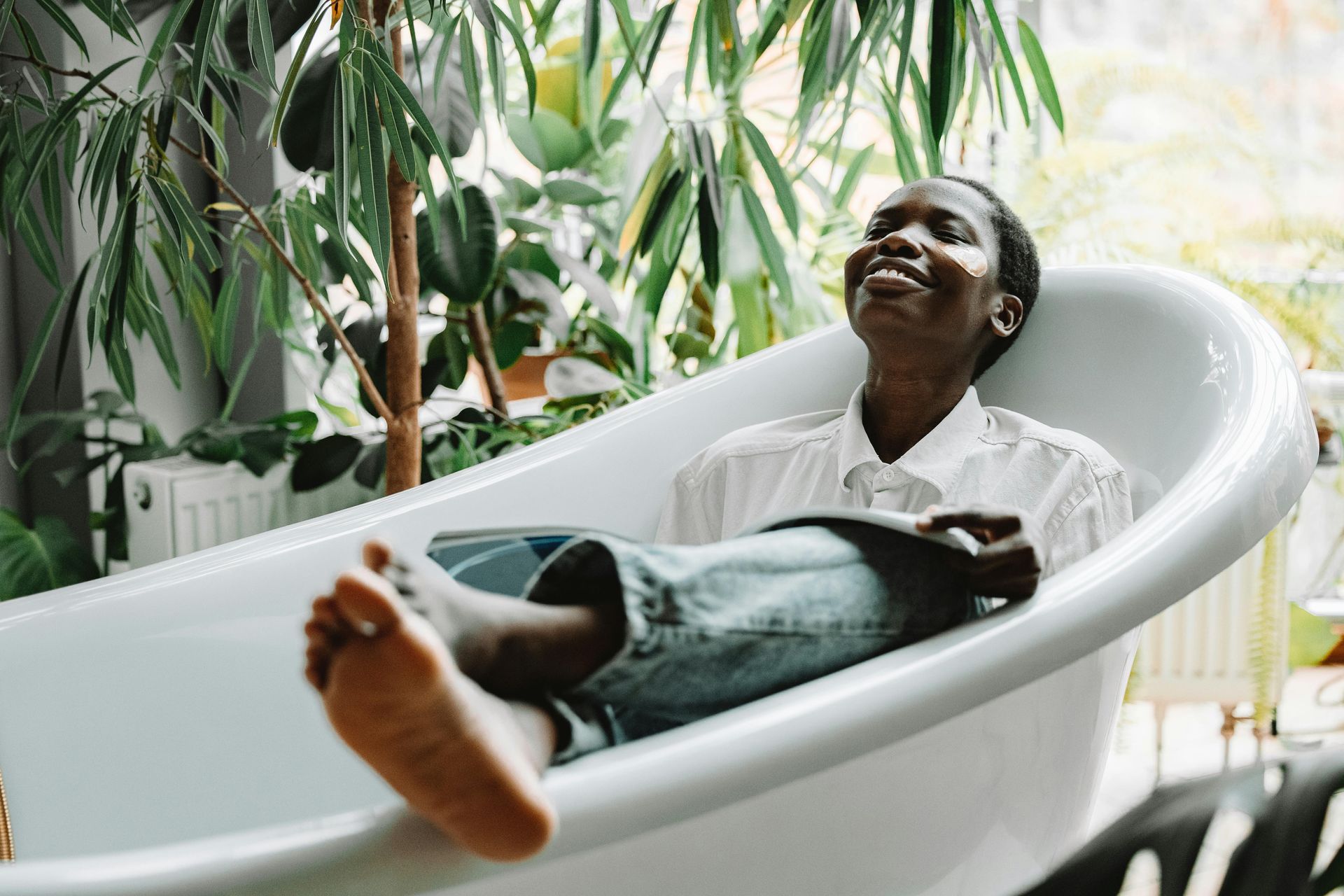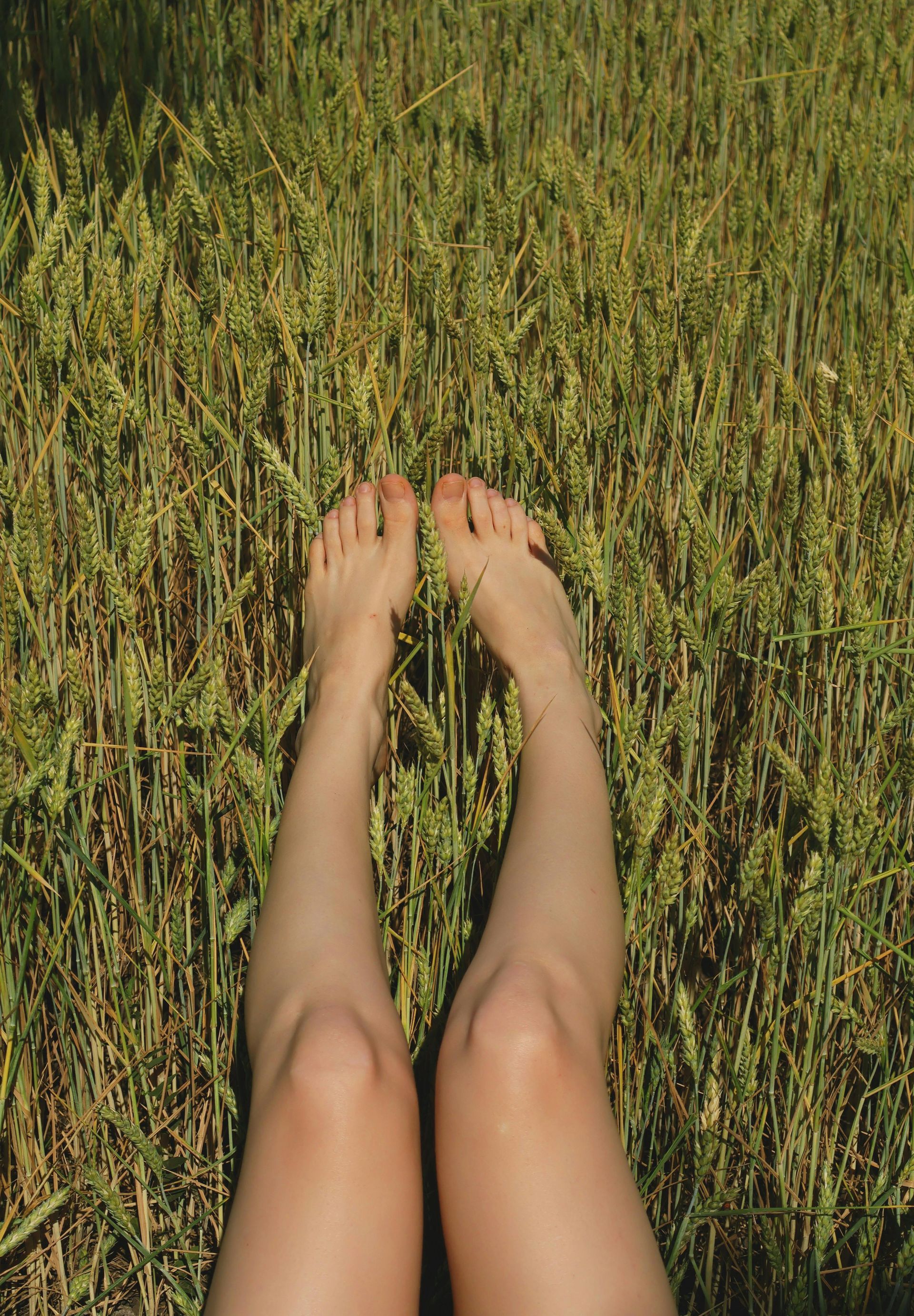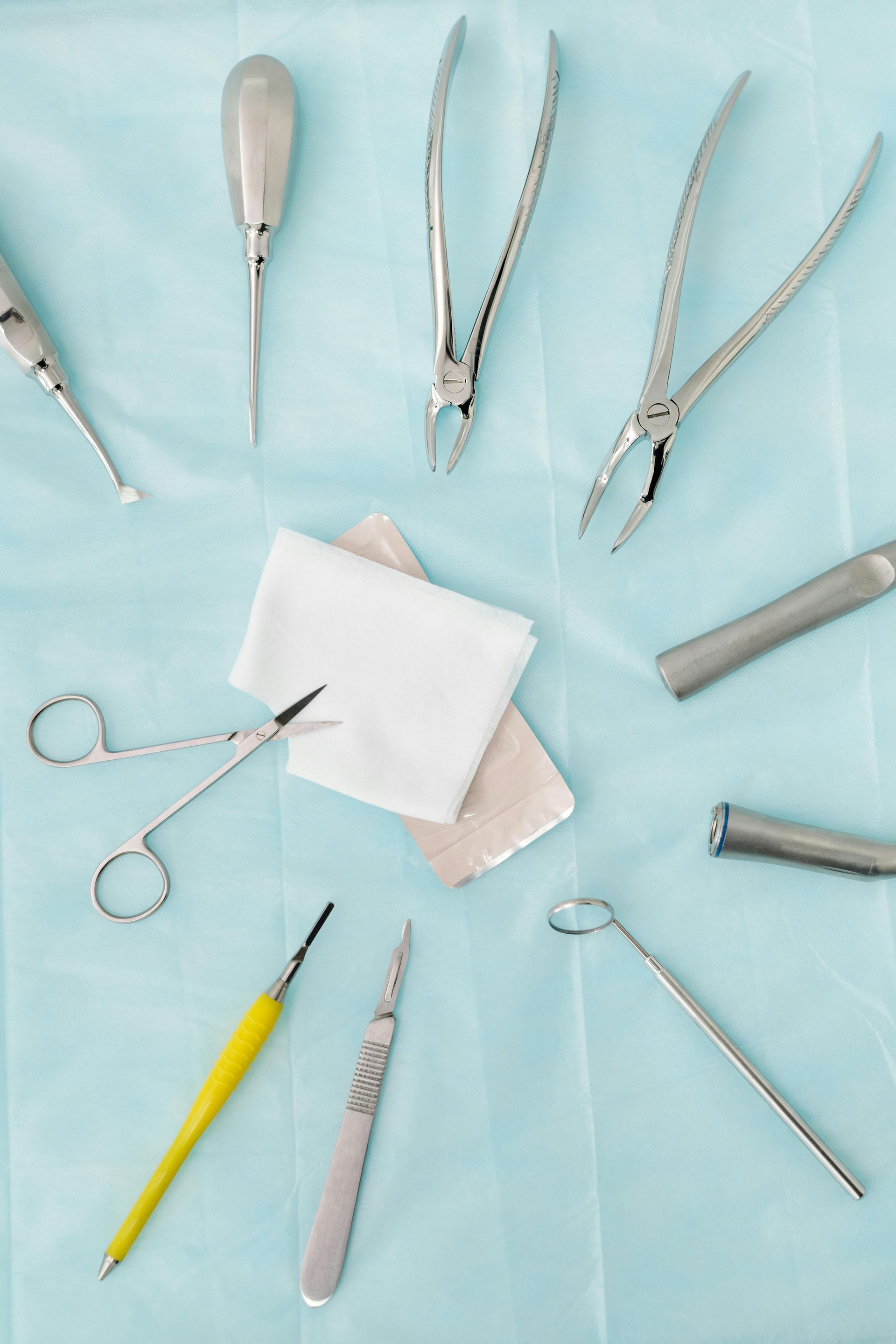Flat Feet - The Who, The Why, The What!
Val Reeves • 10 September 2020
Your questions answered...
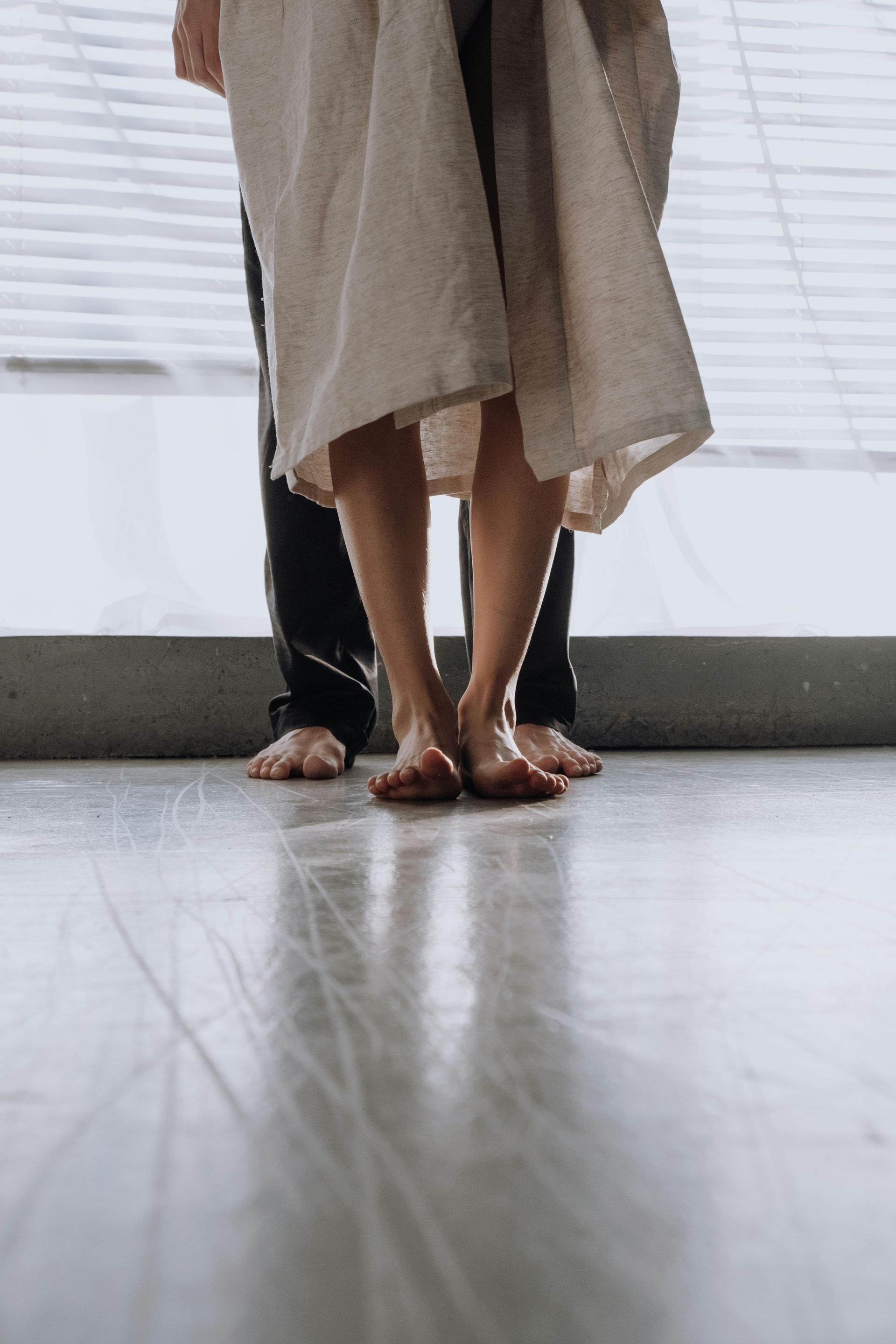
As parents, it can be very difficult to know what is correct in our children’s physical development and
often leaves us with more questions than answers.
One area that we are often asked about in paediatric podiatry is regarding flat feet,
whether it is normal, and at what point it can become an issue.
Are 'flat feet' in children part of normal development?
Flatfoot is a common condition that affects approximately 30% of the population and causes symptoms in 1 in 10 people.
Babies are born with flat feet and this is due to children’s joints and bones being flexible thus causing their feet to collapse/flatten upon standing.
A flat foot appearance between the ages of 1-5 is normal and around 95% of children will go on to develop a visible or 'normal' arch.
When should we see a podiatrist?
If your child answers yes to any of the following then it is time to book an appointment to see one of our podiatric team:
• Are their feet painful? Specifically in the heel?
• Does the pain stop your child from playing or participating in sport?
• Do they just stop in their tracks? Does rest help or do they make excuses as to why they cannot carry on?
• Is there excessive wear to the shoes, especially more quickly than usual?
• Complaints of pain in the hips or knees?
• Can you hear a foot slap when they run?
What could cause flat feet?
Common causes of flat feet include:
• Genetic factors, flat feet can pass from parents to children
• Weak arches, meaning that the arch is visible when a person sits but the foot flattens onto the ground when they stand
• Foot or ankle injury
• Arthritis, Rheumatoid Arthritis, Muscle diseases
• Damage, dysfunction, or rupture of the posterior tibial tendon or tight calf muscles
• Tarsal coalition, a condition that causes the bones of the foot to fuse together unusually, resulting in stiff and flat feet
• Calcaneal Apophysitis (aka Severs Disease), a common condition in children thast causes pain around the heel bone
• Poor footwear
• Bruising
• Hypermobility
• Poor biomechanics
What should we do whilst we wait for our appointment?
• RICE- (Rest, Ice, Compression, Elevate), rest and ice the area (compression and elevation in a young child is unlikely to be achieved for long)
• Wear trainers that support the foot properly
• Participate in low-impact activities such as walking, cycling or swimming, rather than jumping and running activities
What can FootHealth Battersea do for my child?
• We will assess your childs feet so the more information you have regarding the questions above the more we can assist
• Advise on the most appropriate style of footwear to wear and what to avoid
• We can provide exercises to improve stability, strength and coordination
• In very few cases an orthotic may be required
We can often provide same day appointments to see your child,
you can phone our reception team to book on 0207 228 8383 or why not book online here.
